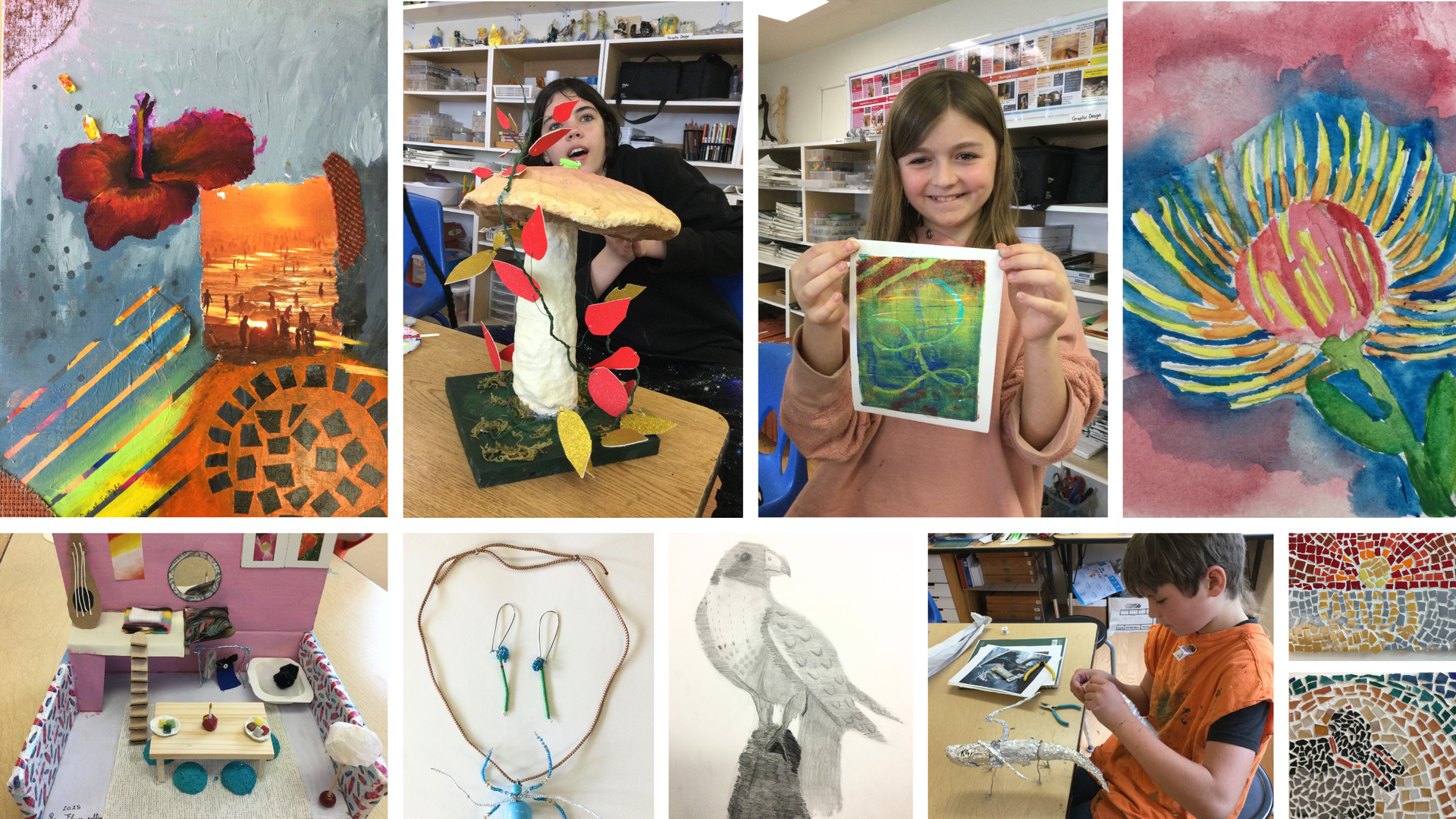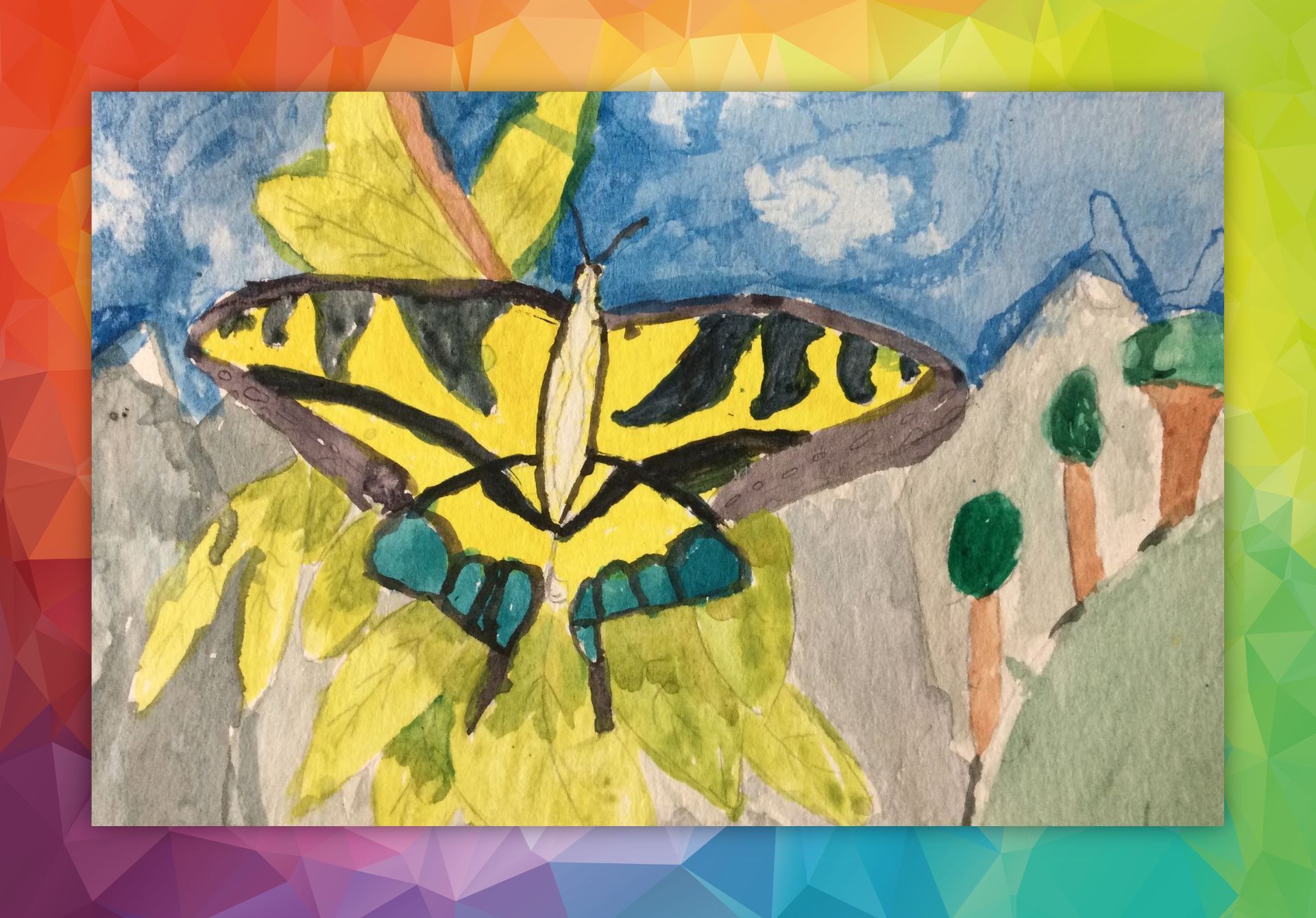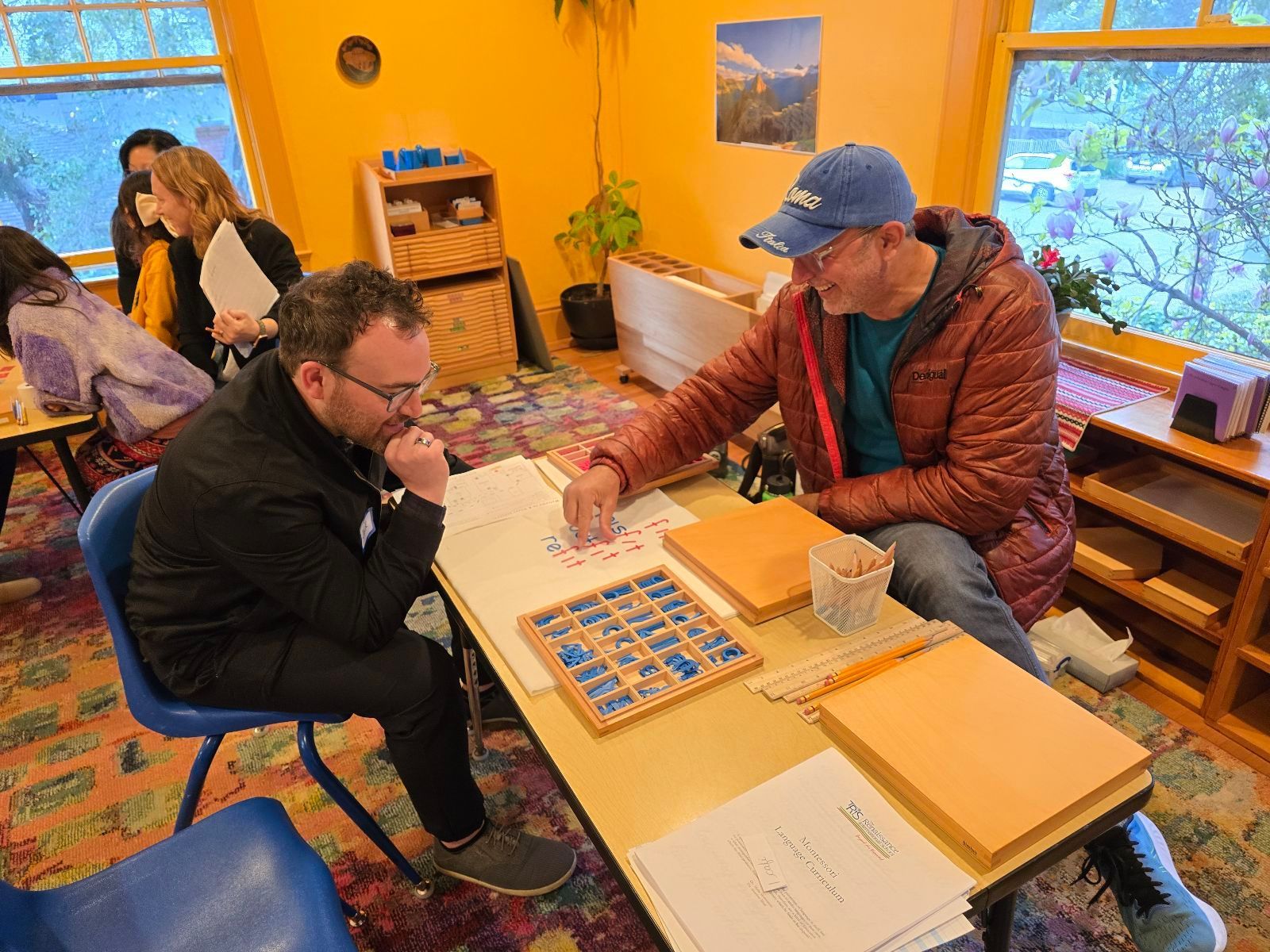
At TRIS, we believe that art education is more than just creating pretty pictures. It’s a powerful tool for cognitive and emotional development. Students build self-esteem, develop self-control, and strengthen their problem-solving skills through individual art projects. Our lessons also incorporate thoughtfully curated art history, organized by timeline and selected to highlight significant works and movements.
Comprehensive Artistic Exploration
Our art program in 2024-2025 begins with the fundamentals, teaching students how to observe subjects and transform them into personal concepts that express genuine emotions and communicate effectively with others. We start with basic drawing lessons using Monochrome materials, such as pencils, to help students grasp form, tone, and value.
Students explore traditional techniques, focusing on modern and contemporary styles. They work on imaginative subjects like dreams brought to life with realistic visual elements. They are provided with high-quality art supplies and introduced to various professional media, including acrylics, oil pastels, and watercolors on premium paper, enhancing their experience and the value of their artwork.
Throughout the curriculum, students study color theory, composition, and the relationship between 2D and 3D design. Inspired by influential modern artists such as Frank Stella and Bruce Marden, they learn to see the connection between fine art and the world around them. Sculpture lessons guide students through the process, from building plaster structures to painting finished forms. They also explore ceramics.
Students often experiment with various materials, including wood, paper, and mixed media, starting with clay modeling and moving through the firing and glazing process for 3D projects. Group projects, such as miniature interior design models, allow for collaboration, as students build small structures, create furniture, and incorporate plants and thematic details to bring their shared vision to life.
In addition, students are introduced to printmaking techniques, including a two-step gel printing process. This method allows them to layer colors and textures, experiment with positive and negative space, and explore abstract and representational designs. Through gel printing, students gain a deeper understanding of repetition, pattern, and surface design skills that complement and enhance their broader artistic development.
Unique Opportunities for Open Art
Our open art lessons offer exciting, hands-on experiences that encourage deeper exploration. This year, students have the opportunity to focus on special projects like mosaic art, clay making, sumi painting, and crafting beautiful bead and wire trees, each designed to spark imagination and expand artistic expression.
“I am confident that our distinguished art program will continue to flourish and that our students’ creativity will be valued throughout their lives.”
Julie Gochman (Elementary Art Instructor)


